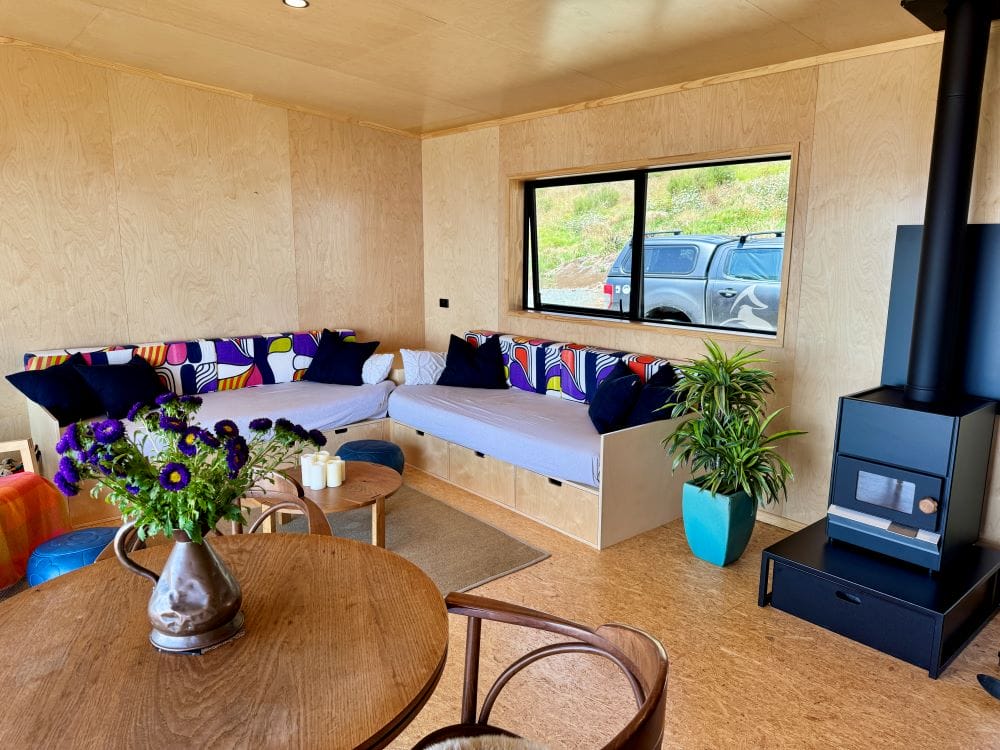Upcoming Granny Flat Regulations in New Zealand: What You Need to Know
Upcoming Granny Flat Regulations in New Zealand: What You Need to Know
New Zealand is set to introduce significant changes to its regulations regarding granny flats (or accessory dwellings) in 2025, offering more flexibility and opportunities for homeowners and developers. These upcoming regulatory shifts are part of a broader effort to address housing shortages and make housing more affordable and accessible. Here’s a look at the key aspects of these new rules and what they mean for homeowners and communities.
What Are Granny Flats?
Granny flats, also known as secondary or accessory dwellings, are smaller homes, normally 60m2 or less, built on the same property as a primary dwelling. They are typically used for extended family members, rental purposes, or as separate living spaces. These homes provide a way to increase housing density in residential areas without requiring large-scale new developments.
Changes in the Rules
Historically, building a granny flat in New Zealand was subject to various zoning laws, resource consent, and district plan rules, which could be complex and time-consuming. However, the government has recognized the potential of granny flats as a solution to New Zealand’s housing crisis, particularly in urban areas.
The upcoming changes will likely focus on the following areas:
- Eased Planning and Zoning Requirements: The new regulations are expected to allow more lenient zoning rules for granny flats, enabling homeowners in a wider range of areas to build them without needing full consent. This could make it easier for families to add a self-contained unit to their property, increasing housing density in areas that are already built up.
- Increased Size Limits: One of the significant changes under discussion is an increase in the maximum allowable floor area for granny flats. This would allow these units to be larger than current limits, potentially providing more space for residents or tenants.
- Flexibility for Use and Rent: Another notable development could be the introduction of more flexibility regarding the use and rental of granny flats. Currently, some regulations restrict the ability to rent out these units independently. The new rules might make it easier to rent granny flats as separate living spaces, which could help ease rental market pressure in high-demand areas.
- Building Code Adaptations: There are likely to be adjustments to the New Zealand Building Code to allow for the construction of granny flats in a safe, efficient, and affordable manner. These changes could include updated standards for construction, insulation, and energy efficiency to make sure the dwellings are comfortable and sustainable.
Why Are These Changes Happening?
The drive to relax granny flat regulations is part of New Zealand’s larger response to the housing crisis. With rising demand for affordable homes, particularly in urban centers like Auckland, Wellington, and Christchurch, the government is looking for creative solutions. Encouraging the development of granny flats on existing properties could provide a way to quickly increase the availability of affordable housing.
Additionally, the changes are designed to make it easier for homeowners to build additional living spaces on their properties. This not only increases housing options but also allows people to age in place, giving older adults the ability to live near family members while maintaining some independence.
Potential Benefits of the New Regulations
- Increased Housing Availability: Granny flats can help alleviate the pressure on rental markets and provide more affordable options for renters and homeowners alike. This can be especially useful in high-demand areas.
- Improved Affordability: By making it easier and cheaper to build these smaller dwellings, the government aims to reduce the overall cost of housing and provide affordable housing solutions for more New Zealanders.
- Greater Flexibility for Homeowners: Homeowners will have the opportunity to create extra income by renting out their granny flats or providing additional space for family members. This flexibility could also be valuable for those looking to accommodate aging parents or young adult children.
- Community Benefits: Increased housing density can help create more vibrant, diverse communities, and offer an opportunity to revitalize areas by adding more residential units without the need for large-scale development.
Challenges and Considerations
While the new regulations offer exciting opportunities, there may still be some challenges to navigate. Homeowners will need to be mindful of the potential costs involved in building a granny flat, such as construction, permits, and ongoing maintenance. There could also be concerns from local councils about overdevelopment in certain areas or the impact on infrastructure.
It’s also important for homeowners to stay informed about the specifics of their local council’s rules, as there may still be some restrictions or requirements depending on location.

Looking Ahead
As the New Zealand government rolls out these new regulations, they promise to reshape the housing landscape, providing more opportunities for homeowners and addressing long-standing housing affordability issues. It’s an exciting time for homeowners looking to build a granny flat or those in need of additional housing options.
For anyone interested in taking advantage of these upcoming changes, it’s a good idea to stay updated on the official guidelines, consult with local councils, and start planning ahead to ensure compliance with the new rules once they’re implemented.
Get in touch today to talk to our design & build team. You can see some of our recent projects here.
